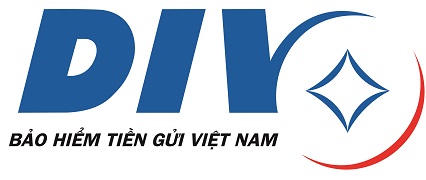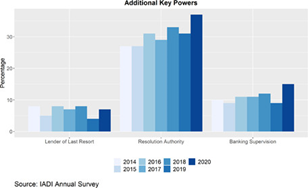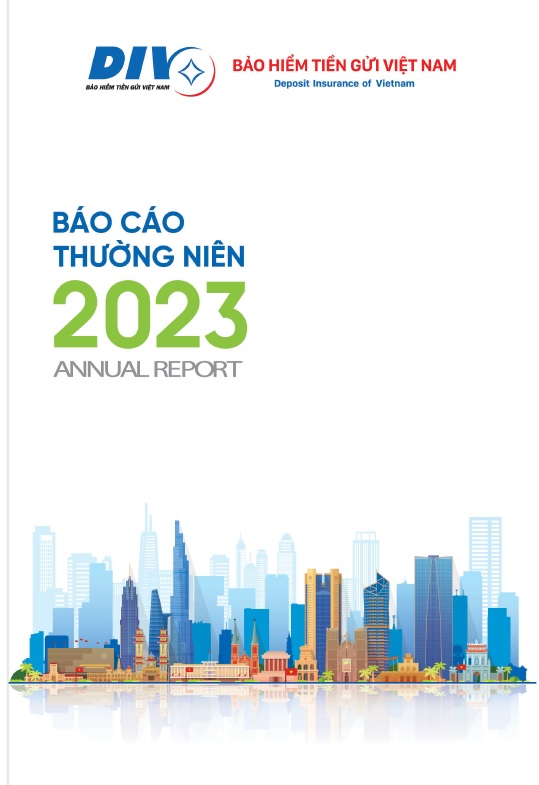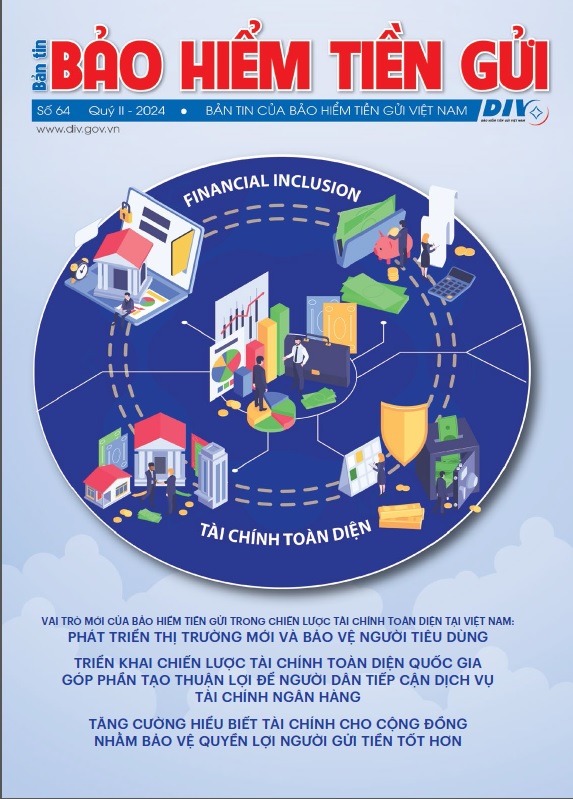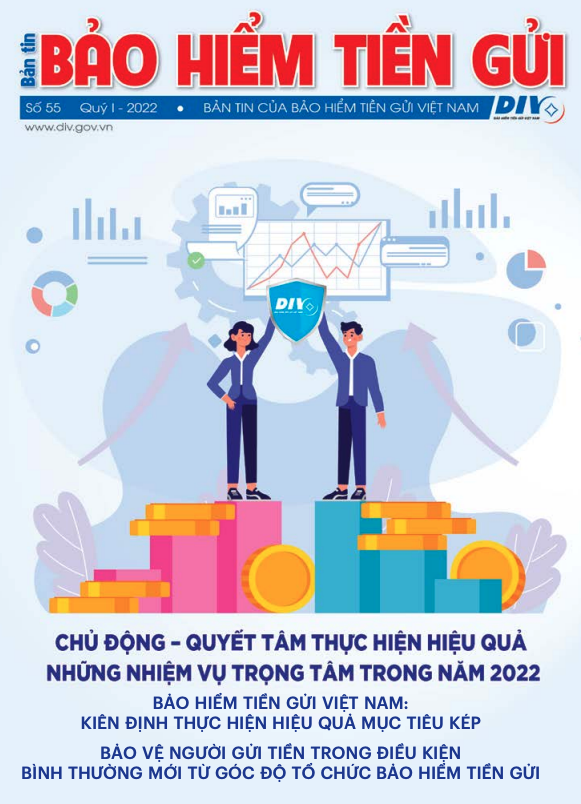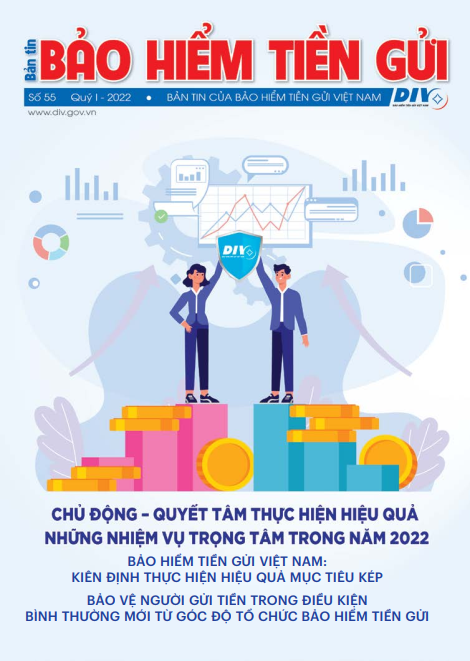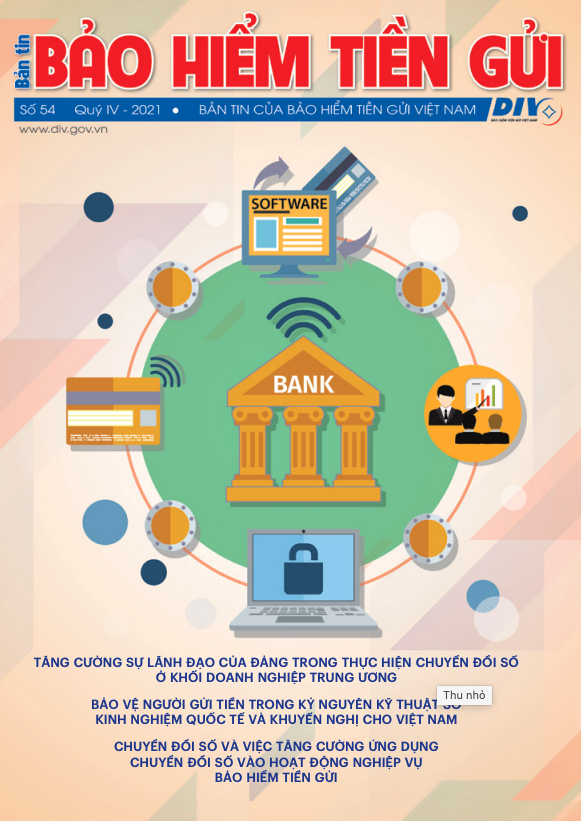In recent years, recognizing the importance of financial inclusion for the sustainable development of the economy, the International Association of Deposit Insurers (IADI) has conducted several studies on the role of deposit insurance (DI) in fostering financial inclusion. International experience suggests that deposit insurers can promote financial inclusion through three key aspects: (i) Enhancing financial literacy; (ii) Protecting depositors and contributing to financial stability; and (iii) Expanding coverage to enhance financial access. In particular, increasing financial access for low-income and vulnerable groups is a crucial aspect of financial inclusion.
DI can directly impact the expansion of financial access through specific policies related to membership schemes or coverage scope. Whether membership is voluntary or mandatory; whether the coverage includes microfinance institutions; and whether new financial products and services are insured can directly affect depositor protection.
Membership
Numerous studies indicate that DI can contribute to expanding financial access by applying the membership mechanism to microfinance institutions serving the poor. Counts and Meriweather (2008) argue that DI can play a potential catalytic role in the mobilization of savings if it is offered more widely to qualified microfinance organizations. According to a study by IADI in 2013 [1], protecting low-income depositors through the application of membership for microfinance institutions contributes to expanding access to financial services.
DI coverage
The rapidly evolving of digital stored-value products such as mobile money, e-money, prepaid cards, e-wallets, etc. has necessitated new legal frameworks to extend DI coverage to financial products with characteristics similar to deposits in multiple countries. According to the IADI definition, digital stored-value products are financial products that allow consumers to store value in a digital format; this value can be added and drawn down by the owner of the funds and performs several of the functions of a deposit (payment, liquidity, value storage) regardless of the type of entity offering the product. These products are accessed through non-branch physical channels, which may include mobile phones, agents or correspondents, and digital transactional platforms. Products may include mobile money, card-based electronic money (prepaid cards) and internet-based electronic money (e-money), but do not include mobile banking, closed-loop stored-value gift cards, or virtual or crypto currencies [2]. The widespread adoption of digital stored-value products is believed to expand financial access for low-income and vulnerable groups, who have limited access to traditional financial services if they believe their interests are protected by deposit insurers, thereby promoting financial inclusion.
However, depending on market structure, the nature of the specific products and providers, each country may choose one of the following three approaches to apply to its DI mechanism for addressing legal risks and protecting customers’ digitally stored assets.
Direct Approach: Digital stored-value products are included in the definition of “insured deposits”. This approach is applied by countries where such products are provided by prudentially regulated and supervised financial institutions that are members of the DI system. Colombia and Mexico have adopted this approach, they have permitted banks to offer insured digital stored-value products, and these financial institutions are separately regulated and supervised.
Pass-Through Approach: this is the most complex and least common approach, allowing DI coverage to be extended to deposit-like digital products even though the provider of such products is not a member of the DI system. This approach is adopted in countries like Kenya and Nigeria where deposit-like products may be provided by non-financial firms, including mobile network operators (MNOs) and technology companies. In Kenya, e-money issued by MNOs is insured as long as these companies put customers’ funds in a custodial account at a commercial bank.
With the pass-through approach, e-money is insured by deposit insurers based on funds held by MNOs in a commercial bank for the e-money equivalent, and e-money is effectively treated as equivalent to deposits held at a traditional deposit taking institution, and therefore covered by the DI scheme. Coverage is not for the MNO but for each beneficiary, i.e. for each of the e-money users. This approach aims at guaranteeing that, in a case where the deposit taking institution holding float accounts (for e-money users) fails, individual e-money users are fully protected. Trustees of the float accounts would receive reimbursement under the DI framework in each country.
Exclusion Approach: Today in most countries, where policy makers consider digital stored-value products to be primary instruments of temporary value storage to make payments or transfers, these products are excluded from DI coverage because either they do not fit the definition of an “insured deposit” or their provider is not eligible for membership in the DI system.
Under this approach, the term “deposit” specifically excludes digital stored-value products (e.g., in Peru and the Philippines), and these products are therefore explicitly excluded from DI coverage. However, customer funds are still protectable from some risks associated with the failure of their provider, for example, by requiring that the digital float be held in a custodial account at an insured institution.
Given the diversification of emerging business models, and the structure and operation of DI systems, DI policy for deposit-like products often vary across countries. These and other country-specific considerations will therefore determine which of the approaches summarized above make the most sense from a political, policy, and practical standpoint.
However, since promoting financial inclusion is not a legal mandate of deposit insurers in most countries, the expansion of DI coverage for deposit-like digitally stored products requires strong engagement and coordination from supervisory agencies and other participants within the financial safety net. Additionally, public awareness campaigns are needed to help distinguish between insured and uninsured deposits.
Case of Vietnam
In Vietnam, the Decree No. 52/2024/ND-CP dated May 15, 2024 of the Government on cashless payment provides a clear definition of e-money: “Electronic money is the value of Vietnamese dong stored on electronic devices based on an equivalent amount of money paid in advance by customers to banks, branches of foreign banks, or payment intermediary service providers offering e-wallet service. E-wallets and prepaid cards are means of storing electronic money.” Thus, e-money in Vietnam includes prepaid cards and e-wallets only, mobile money is excluded as it is still in the pilot phase. This shows a relatively consistent view on the definition of digital stored-value products in Vietnam compared to international practices.
In response to the strong development of new financial products, the Vietnamese Government has introduced policies to promote and regulate electronic payment methods. These include the Government’s Decree No. 52/2024/ND-CP on cashless payments; the State Bank of Vietnam (SBV)’s Circular No. 23/2019/TT-NHNN, amending and supplementing a number of provisions of the Circular No. 39/2014/TT-NHNN, which provides guidelines on intermediary payment services, etc. Additionally, the “National E-Commerce Development Plan for the 2021-2025 Period”, proposed by the Ministry of Industry and Trade, was approved by the Government under the Decision No. 645/QD-TTg dated May 15, 2020. These policies aim to improve the legal framework and create a conducive environment for the development of diverse products and services, as well as to build and enhance the infrastructure for electronic payment systems. Consequently, electronic payment methods in Vietnam have experienced significant growth in recent years.
Specifically, regarding e-wallets, according to the SBV, as of June 30, 2021, there were 43 non-bank organizations licensed by the SBV to provide intermediary payment services, of which 37 organizations have provided e-wallet services to the market. The total number of active e-wallets reached approximately 16.39 million, an increase of about 2.75 million from the end of 2020. Remarkably, statistics from Robocash Group show that the number of e-wallet users surged from 12.3 million in 2018 to 41.3 million in 2022, representing an impressive 330% growth. Currently, about 57% of Vietnam's adult population uses e-wallets, a fourfold increase compared to the end of 2018. However, the widespread adoption of e-wallets also poses many risks as there have been many cases of users losing money in e-wallets or in bank accounts linked to e-wallets, or cases where the free transfer function was exploited to operate illegal gambling networks worth up to 2 trillion dongs. Regarding prepaid cards, there are two types: identified prepaid cards (with customer identification information) and anonymous prepaid cards (without customer identification). By 2022, the number of issued prepaid cards had reached 28,968,300, an increase of more than 3.5 times compared to 2017. By September 2019, 14 of the 56 card-issuing institutions had issued anonymous prepaid cards, with 1,583,599 anonymous cards in circulation, accounting for only 1.6% of all circulating cards. Although their proportion and value are small, anonymous prepaid cards pose significant risks due to the lack of customer identification information.
Given the current development and management of e-money products in Vietnam, in the near future, the Deposit Insurance of Vietnam (DIV) could consider measures to protect these products and promote financial inclusion, specifically:
First, collaborating with regulatory bodies to complete the legal framework for digital stored-value products and fintech products to better protect the rights of financial consumers.
Second, in the short term, considering expanding DI coverage for identified prepaid cards, while excluding anonymous prepaid cards due to the inability to verify customer information.
Third, in the long term, considering proposing to extend DI membership to non-bank e-wallet service providers, as well as expand DI coverage to e-wallet products, thereby better protecting the rights and interests of e-wallet users and depositors in general.
Fourth, raising public awareness about digital financial products, deposit insurance policy, and the importance of personal information security, etc., enabling consumers to make informed decisions when using financial products and services.
Phan Thi Thanh Binh, MBA – Deputy General Director of the DIV
Reference
- IADI, 2013, Financial Inclusion and Deposit Insurance.
- IADI, 2020, Deposit insurance and Financial Inclusion: Current trends in insuring Digital Stored-Value Products.
- Phan Thi Thanh Binh, 2023, The role of deposit insurer in fostering financial inclusion in Vietnam.
[1] Financial Inclusion and Deposit Insurance, IADI, 2013
[2] Deposit insurance and Financial Inclusion: Current trends in insuring Digital Stored-Value Products, IADI, 2020
Research and International Cooperation Department (translation)
